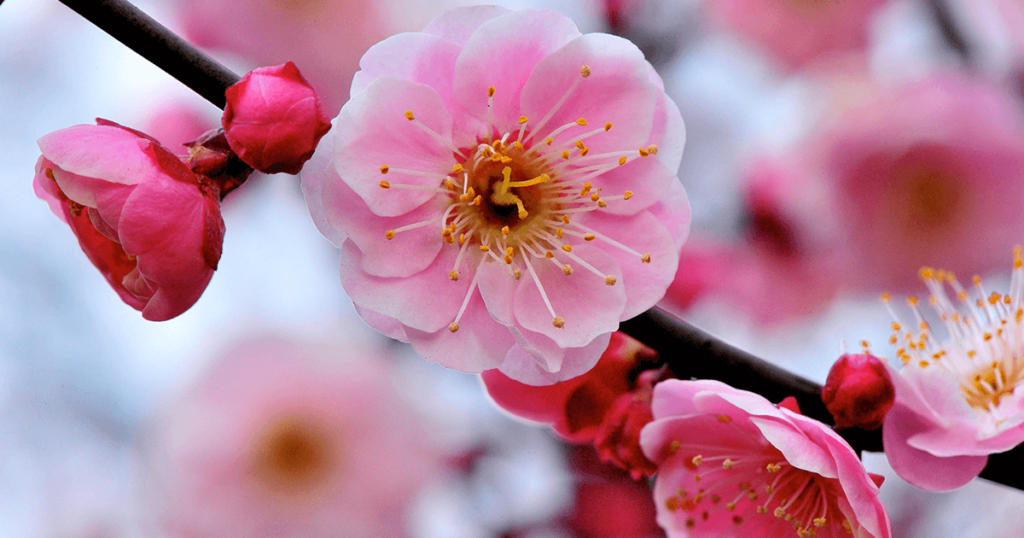
Writing a love poem is difficult in an age that has done away with the conventions of courtship, seduction, and the logic of carpe diem as splendidly exemplified by Donne, Marvell, Marlowe, and Herrick.
Here’s a way to convert a middling rough draft of a love poem into something more interesting:
1 – Write an intimate unembarrassed love or seduction poem, 12 lines or less, divided into three or four symmetrical stanzas.
2 – Change the tense from present to past or future, and the point of view from I to you, he, she, we, or they. Do not worry if the sense you had intended has changed.
3 – Flip affirmative statements into negatives, knowing that the word “not” can do a lot.
4 – Pick a noun—preferably one that recurs in your poem—and replace it with an arbitrary noun plucked from a dictionary or a favorite novel.
5 – Review what you have. If it is not crazy enough, scramble the lines. If it is too crazy, iron out the wrinkles—a dead metaphor, but you know what I mean.
For The Best American Poetry 2005, Paul Muldoon chose Julie Sheehan’s “Hate Poem.” How did she write it? By taking a failed love poem and replacing “love” with “hate” throughout. The finished product worked because of the surprise effect, but also because hate is not so much the antithesis of love as the obverse, the other side of the coin—an impulse and passion equal to love in force. (Auden wrote that indifference, a weak and passive state, is the true antithesis of love.) Hate has acquired a more complicated connotation in the last eight or nine years, so I’d avoid the word.
If you take a look at the poetry of the English Renaissance and the 17th-century, you may get some ideas—and a useful epigraph or quote.
Deadline: Saturday, April 27, midnight any time zone.

